Dim sum is a Cantonese term for steamed, fried, baked, or braised dishes that are served in small, almost bite-size pieces. It’s usually served and eaten family-style, which means the small plates are divided among the table and diners can experience a variety of cuisines thanks to the modest servings. The standard dim sum menu features a variety of steamed or baked buns, dumplings with a variety of fillings and ingredients ranging from pork to prawns, chicken to veggies, and portioned meats.
Do you have a go-to dim sum place? What’s your favorite? Let us know! In the meantime, if you’re not familiar with the delicious world of dim sum then here are 16 kinds that you should definitely try:
Hakao
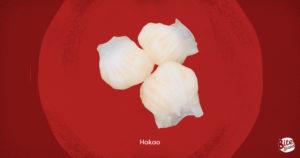
Also known as “xia jiao” or “har gow” in, hakao is a dumpling made mainly with prawns or large shrimps and bamboo shoots slivers and sometimes with chestnuts and jiacama then wrapped in a delicate, transparent wrapper made from wheat starch, tapioca, and lard. The main visual element of shrimp hakao is its pleated shape, which should have up to 9-13 pleats depending on how the wrapper is folded. The dough should be chewy and practically see-through after steaming, but firm enough to grasp with chopsticks, and the contents crisp.
Trivia: The server who brings the steamed crystal shrimp dumplings is always the most popular person on the floor at dim sum restaurants.
Siomai
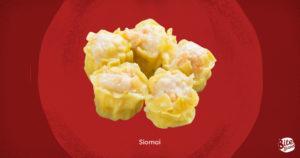
Pork Siomai is a popular Filipino snack made from traditional Cantonese dumplings. It maybe a Chinese influence but its recorded to have been originated from Mongolia, between the Ming and Qing dynasties. Ground pork, beef, shrimp, and mushroom are common ingredients that are mixed together with other extenders such as garlic, green peas, carrots, and other vegetables to add flavor. Steaming is one method of preparation, whereas other people love it fried.
Shark’s Fin
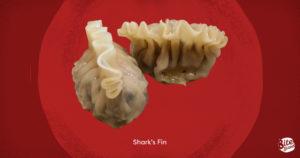
Sharks Fin, as the name implies, we’re originally made from shark fin. Due to overfishing practices and increasing inflation of the luxury ingredient, the filling has been substituted with a mix of more affordable options like shrimp, crab sticks, and ground pork. Extenders like shiitake and straw mushrooms are also added. Red agar adds the gelatinous texture of the filling, that’s seasoned with salt, MSG, sugar, and ground white pepper. Plus, even with the change of filling, shark’s fin remains to be one of the most selected dim sum choices. It is easily distinguished by its yellowish hue and mohawk-style pleated folds.
Kutchay Dumpling
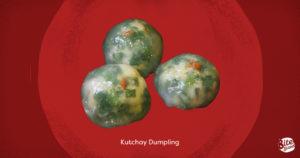
Crystal dumplings usually refer to any steamed dumplings with almost translucent crystal-looking skin after being steamed, and kutchay dumpling is one of these. Also known as steamed chives dumplings, kutchay dumplings are made out of savory chives and pork filling is enclosed in a soft, slightly chewy, and translucent wrap is quite a treat. The best part is they stay soft even after they have cooled down for hours at room temperature. A popular alternative to this dim sum includes serving them on a pool of hot chili sauce.
Beancurd Roll
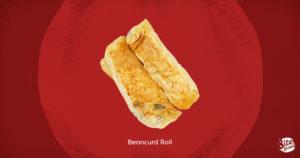
As the name implies, it’s a roll made by wrapping the filling with a beancurd sheet or yuba or tofu skin. It is traditionally packed with pork and shellfish, as well as other veggies like carrots, water chestnuts, and mushrooms. These rolls are wrapped, fried, and steamed with a savory brown sauce before being served.
Taro Puff
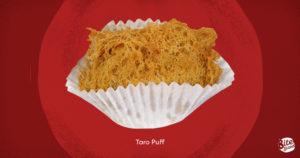
Taro Puff, also known as “wu gok” in Cantonese, are also referred to as “phoenix tail crispy dumplings”. At more traditional dim sum restaurants, protruding shrimp tails are inserted to give the shape of a phoenix tail, hence the name. It’s important to remember that it can’t be too crispy to maintain the phoenix-like character, and should not be soggy from the oil to ruin the texture of the crust. What’s truly amazing about this dim sum is its contrast in texture. The outside is golden and finely flakey but the dense filling made of mashed taro mixed with meat and mushrooms is soft and creamy.
Chicken Feet
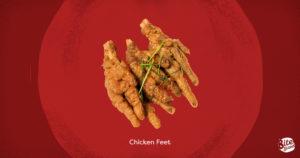
Steamed chicken feet, also known as Phoenix Talons or Phoenix Claws, is a result of Cantonese cuisine’s cleverness to turn the least appealing part of the chicken into something wonderfully tasty. Simply say “feng zhao” to the dim sum cart ladies in Hong Kong and you’ll be served a little dish consisting of 3-4 pieces of braised chicken feet. While it may look unappetizing to some, to many its a sumptuous delicacy of chicken cartilage and gelatinous skin.
Siopao
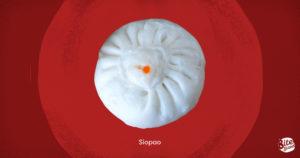
Siopao is another classic steamed dim sum and a popular snack that’s already ubiquitous all over the country. There are various varieties based on the filling: asado (smoked pork barbecue) or bola-bola (a combination of pork, chicken, beef, shrimp). Modern flavors include savory choices like mushroom, tuna, and truffle-flavored as well as dessert variations which include salted egg custard, ube, and chocolate.
Xiao Long Bao
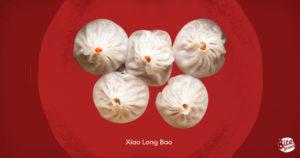
Xiao Long Bao or XLB to dim sum fanatics have trended in recent years. Its the soupier version to its dim sum dumpling cousins and usually comes in more than four pieces. There’s is a certain art when it comes to enjoying this particular dim sum. First place a piece onto a soup spoon to catch any spilled broth. Next, take a bite of the top portion of the wrapper to reveal its contents. Take your time to gently sip the broth. Blow to cool it a bit then consume the whole bit.
Radish Cake
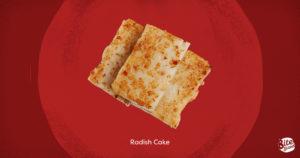
A popular Cantonese dim sum dish is steamed radish cake. It’s simple to make, may be prepared ahead of time, and can be eaten right away or frozen and reheated when needed. Radish Cake can usually be prepared 2-ways: pan-fried or steamed. In either case, they’re delicious. In English, radish cake is also known as Chinese turnip cake and ironically, carrot cake in Singapore. Despite the latter name, this dish is traditionally made entirely of shredded Chinese radish.
Taosi Spareribs
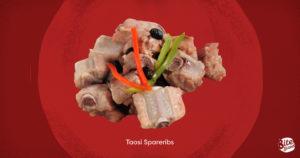
Taosi Spareribs is a favorite choice for many and also a consistent rice topping selection in all-around dim sum restaurants. Pork bits are chopped in small bite size pieces then flavored with a few ingredients mainly ginger, peppers, and taosi or salted black beans. The secret is its long steaming process resulting in tender meat with the pork fat melting into a mouthwatering sauce.
Machang
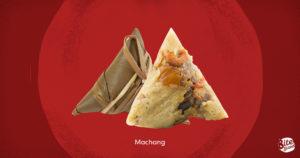
Lo mai gai, also known as Machang in the Philippines, is a glutinous rice dish flavored with chicken, shiitake mushrooms, lap cheong (Chinese sausage), pig belly, dried shrimp, and salted egg yolk. It’s steamed for almost an hour after being wrapped in a triangular shape. Apart from eating it, unwrapping it is one of the most enjoyable aspects. The aroma of the lotus leaf is the first thing you’ll notice.The scent of the sweet sausage and seasonings like soy sauce and onion lingers as you begin to unwrap it. All the elements come together when you start eating it.
BBQ Pork Buns
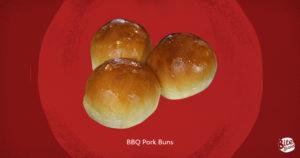
BBQ Pork Buns were all the rage when a certain Michelin-starred restaurant entered the country though it’s been a staple in dim sum places for years. Imagine, pillowy golden brown buns garnished with sesame seeds or sugar are baked with a savory-sweet barbecued pork filling. It’s typically served in three pieces since it’s quite substantial.
Buchi
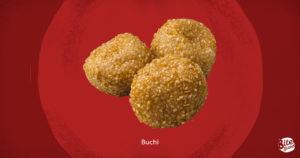
Buchi is a Filipino version of Jian dui, a Chinese fried pastry with a sweet filling and a sesame seed coating produced from glutinous rice flour. The sticky rice flour is combined with a liquid (typically water) to make a soft dough, which is then molded into a ball and coated in sesame seeds before being fried to golden perfection. They’re widely available at Asian restaurants, dim sum stores, and bakeries. They’re golden and crunchy on the outside, soft and chewy on the inside, and make a hearty snack or dessert.
Steamed Sponge Cake
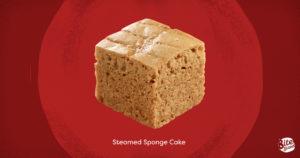
Don’t get confused If you see a sponge cake in a dim sum restaurant. This particular dessert sweetened with brown sugar is actually an import from Malaysia hence its name, “Ma Lai Go” or Malaysian Cake. Traditionally, the cake is made with a fermented starter dough to get its signature air pocket texture. Modern chefs though would opt to use leavening agents to hasten the fermentation process. Either way, get the freshly-steamed ones to enjoy it at its best.
Custard Egg Tart
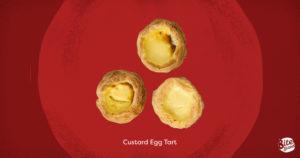
A popular dim sum dessert especially in Hong Kong and southern parts of China, the Custard Egg Tart actually got its roots from Portuguese dessert pastel de nata. But compared to its Portuguese cousin that uses puff pastry the Cantonese version uses shortening for the crust getting its distinct texture. It is also usually served warm to fully enjoy the creamy egg custard filling.
Follow us on Facebook, Instagram, Tiktok, and Youtube for foodie finds, re-imagined recipes, and easy eats that will take Pinoy bellies on an adventure!
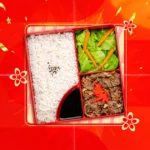

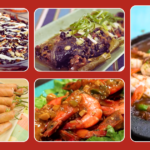


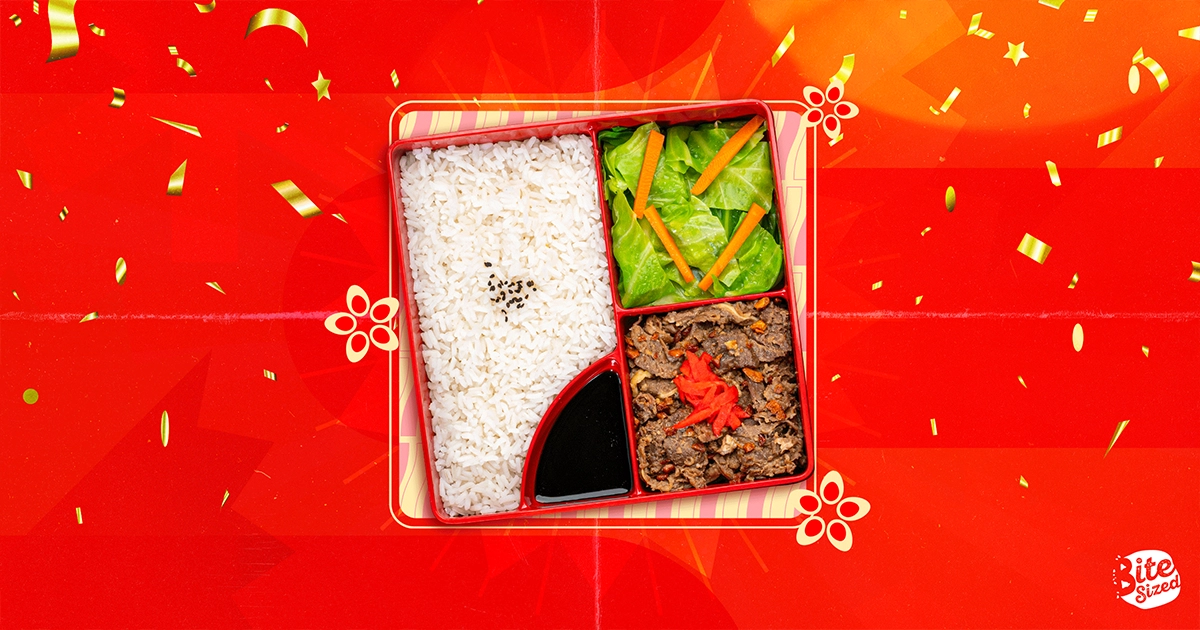

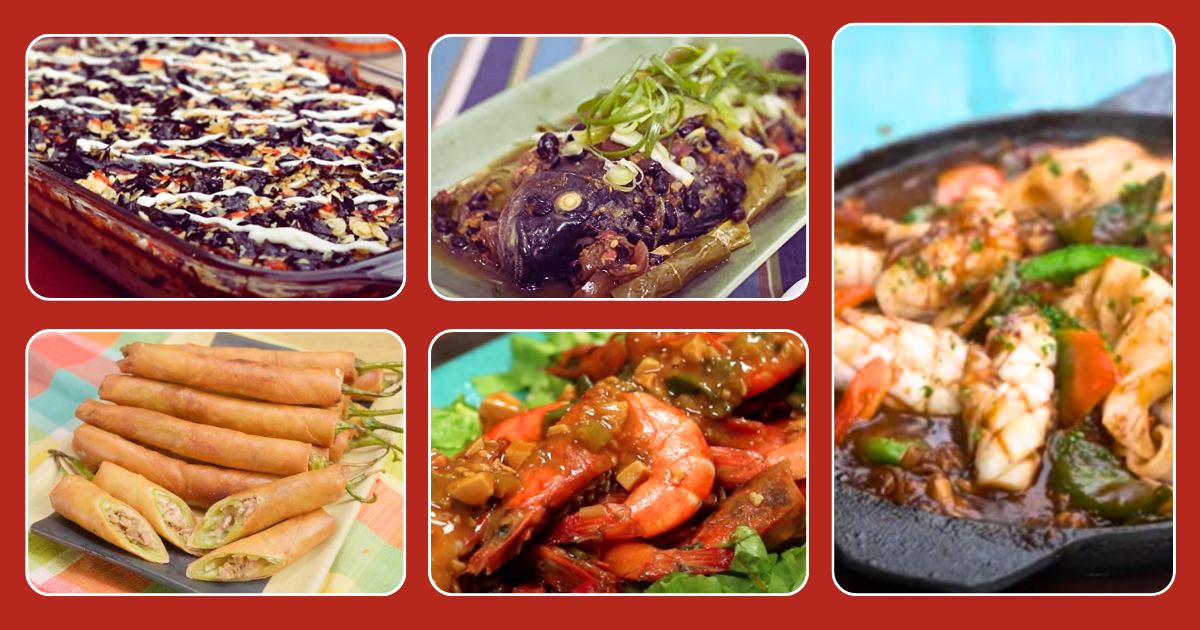
Leave a Reply